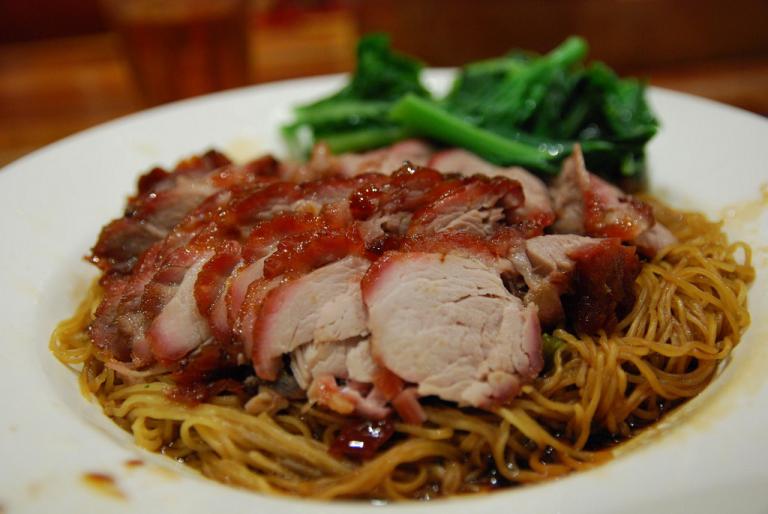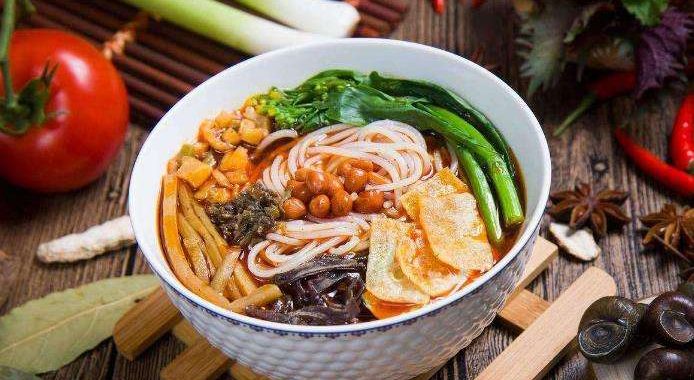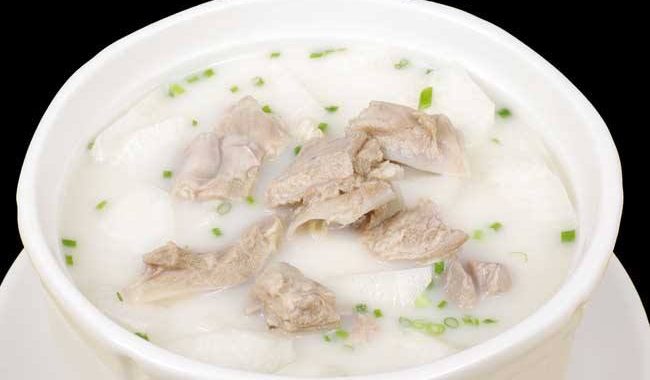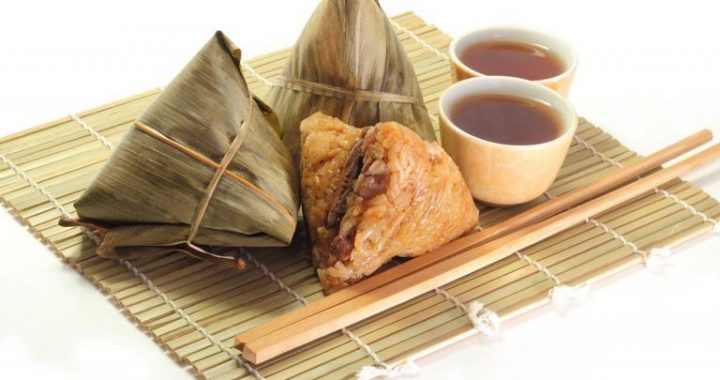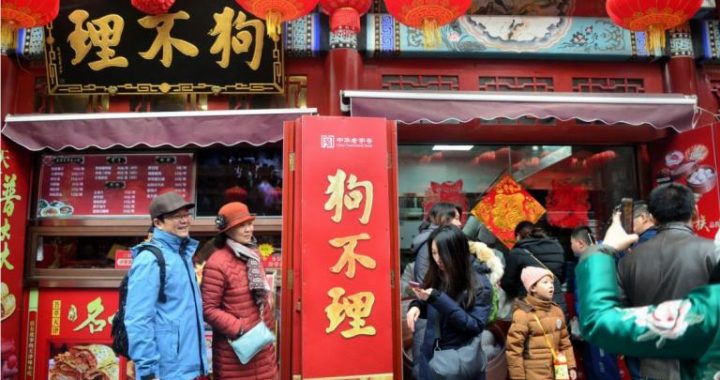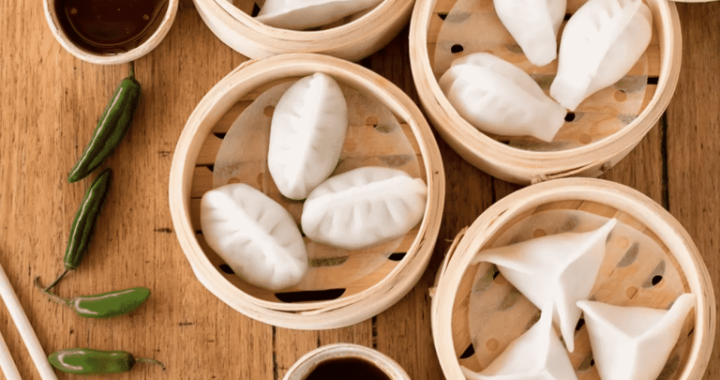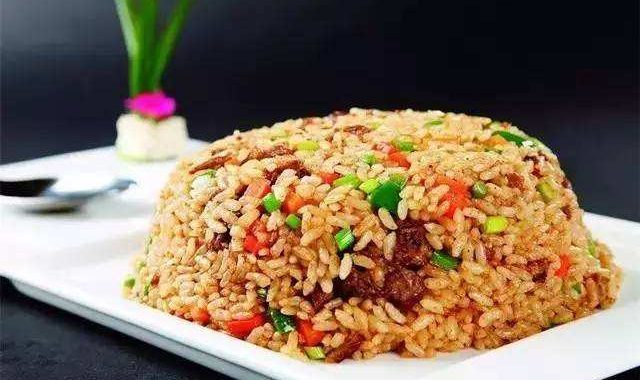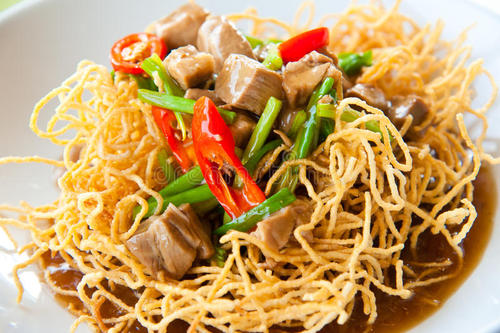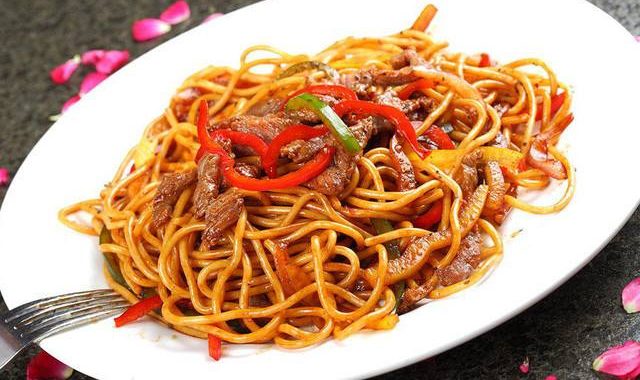Chinese food culture
7 min readThere is a widespread saying about food and drink in China-“food is the first necessity of the people”. This shows the important place that “eating”has in the lives of Chinese people.
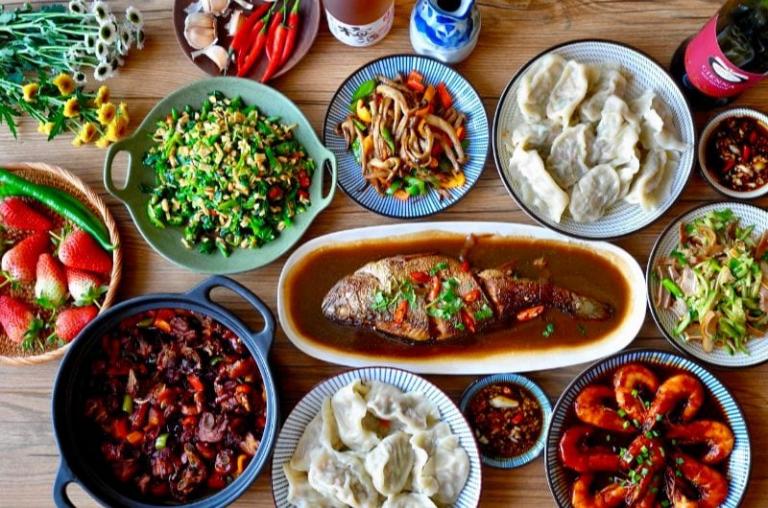
Eating is not just for the elimination of hunger. The ability to enjoy food is thought of as a kind of “good fortune”by Chinese people. Advocates of China’s “eating culture”often cite the ancient Chinese thinker Confucius, who said “food and sex are the basic human desires”. These words are thought to provide a firm ideological basis for the importance of enjoying food and enjoying life. Although the instinct to eat food is the most basic of human urges, the importance of enjoying life on october 18h,2013, many Chinese dishes were evaluated during the Foods and Drinks Exposition,at the Nanjing Gourmet Festival.
At the same time, the Taoist philosophy of pursuing the unity of nature and man also deeply influences the daily lives of ordinary Chinese people. Confucius said “If we don’t know life, how can we know death?”This clearly shows that Chinese people have a pragmatic attitude towards philosophical issues such as life and death, one that is different from the more speculative approach taken by many people in the West. This means that a Chinese person’s understanding of the world is manifested in specific practical ways, of which eating is perhaps the most important.
Chinese people pay attention to what they eat. Chinese cooks have the culinary skills to turn many raw ingredients that seem inedible to foreigners into delicious delicacies. Chinese cooks are also adept at combining the tastes of different ingredients to produce delicious meals. They add various seasonings to their recipes and let all the tastes of the various ingredients they use blend together and augment each other. This culinary approach reflects Chinese philosophy, which emphasizes the importance of “blending to reach a balance”.
To create their delicious recipes, Chinese cooks rely on their intuition, which is informed by their training, locality and cultural heritage. This is the essence of China’s culinary art(and its most elusive and difficult to describe aspect). It is also the reason why Chinese foods are so wonderful.
As is the case in many countries that have vast territories, there is a great difference between the food and drink that is consumed in the north and south of China. Though the best rice in China is produced in the northeast, residents in the north still favor wheaten food. The classic dishes of the north are Beijing’s instant-boiled mutton and roast duck and Shandong dishes. In the south, the staple food is rice. People in this area of the country enjoy a relatively diverse range of foods, including both spicy Sichuan and Hunan dishes, sweet and fresh Huaiyang dishes and Guangdong dishes that mainly consist of seafood and soup. As a result of this variety, foreigners who come to China marvel at the numerous types of Chinese local foods and at the variety of tastes on offer.
Though the dishes from China’s various regions have different tastes, all cooks pursue the goal of “good colors, smells and tastes”. The Chinese don’t just pay attention to the way food tastes, they also pay attention to the way food looks. This emphasis on both the flavor and presentation of food is an important part of the Chinese take on eating. Therefore, eating Chinese dishes not only satiates one’s hunger but also provides pleasure to the eye and the taste buds.
On the evening of November 12,2013,the”Chinese Food Festival”began at the UN headquarters.This event was sponsored by the China Cuisine Association.At the event,UN Secretary-General Ban Ki-moon talked about China’s eating culture and said“Food is the first necessity of the people”and”Have a good appetite”in Chinese.
colorful and tasty,Chinese cooks choose good meat and vegetables and normally make sure that their main and secondary ingredients have two or three different colors.Chinese cooks like to mix blue,green,red,yellow,white,black and brown ingredients to make their recipes look appetizing.
To further stimulate a diner’s appetite,Chinese cooks add appropriate flavorings to their recipes such as onions,ginger,garlic,wine,anise seeds,cinnamon,pepper,sesame oil and mushrooms.
These create delicious smells when they are cooking.Chinese cooks use a variety of cooking techniques.These include frying in shallow oil,stir-frying,braising,steaming,frying,quick-frying and stewing.Careful attention is paid to preserving foods’original tastes,and,when appropriate,various seasonings are added to make dishes taste salty,sweet,sour and spicy.When it comes to presenting food,some cooks prepare beautiful”dish flowers”made of tomatoes,radishes and cucumbers.These are then used to garnish food,which is placed on exquisite porcelain tableware.
This makes eating in China a really wonderful experience that indulges all the senses.
In America people maintain their physical health and a trim figure by calculating the calorie content of their food and by ensuring that they do not eat excess quantities of harmful substances such as saturated fats. Japanese people are passionate about eating health foods in order to stay young. In contrast, the Chinese believe that”medicine and food have the same origin”and use this principle as a way of keeping healthy. Because the Chinese firmly believe that foods can help cureillnesses and speed recuperation, many edible plants that are thought to have medicinal properties are included in the dishes that people eat every day. At the same time, Chinese cuisine emphasizes the importance of eating only the finest quality rice and of only consuming finely minced meat.
A lot of attention is paid to the quantity of food in each dish and to balancing the amount of meatand vegetables they contain. This is done to ensure that food contains the right levels of nutrients to maintain health, fitness and welbeing. One secret of longevity, which has been passed from one generation of Chinese people to the next, is to stop eating when one is 70 to 80 percent full.
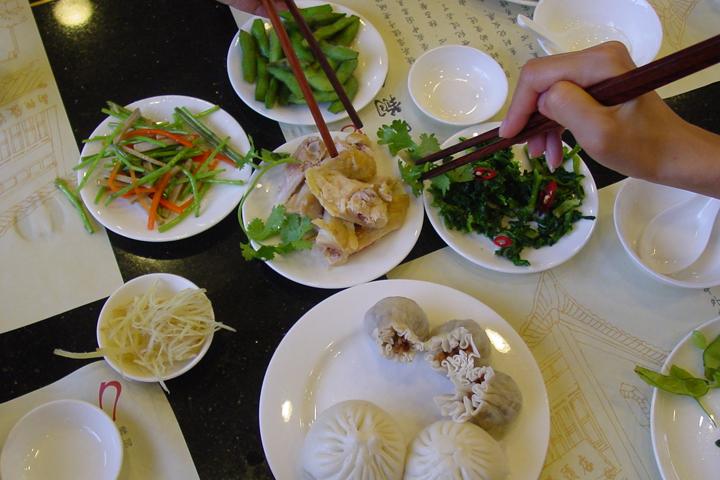
Food in China is linked to many of the country’s festivals and celebrations. These festivals feature many eating customs through which people offer prayers for safety and good luck. In particular, during the Spring Festival(the most important traditional festival in China) there is a A Chinese cook preparing Dragon Whiskers Noodles. This display took place on October 17h,2013, at the opening ceremony of the China Gourmet Week in Paris, France.
People are also invited to dine with each other throughout the first lunar month. Fresh fish is eaten at these meals. This symbolizes “annual surplus”Dumplings are also eaten during this festival. These auspicious items of food symbolize the good wishes people have for their family members and friends. Many other Chinese rites and rituals are also linked to food and drink. For example, candies are eaten at weddings and longevity noodles are eaten on birthdays.
Chinese people are most particular about table manners and have a strict set of rules for how to behave. For example, people must be seated while eating. When people of different ages are at the same table, the oldest person should take a seat first. While eating one must normally use chopsticks, but while drinking soup one must use a spoon. During a meal nobody should talk loudly. Today, some of these traditional manners are being lost; in particular more and more people are abandoning the ancient rule that”no one should talk while eating”. Indeed, when Chinese people eat together, the eating environment can often get very noisy. In addition, many people now talk to each other when their mouths are full. These changes have occurred mainly because dinner is seen by modern Chinese people as an important opportunity for socializing, relaxation and pleasant conversation.
The importance of Chinese eating culture is shown by how it shapes the way people speak-for example, the Chinese equivalent of getting a slap in the face is “eating a slap in the face”, theChinese equivalent of being left out in the cold is “eating close door soup”, the Chinese equivalent of suffering a loss is”eating losses”, the Chinese equivalent of being very popular is “eating delicacies”and the Chinese phrase”packing excessive food”describes a severe situation. When people meet and greet each other, Westerners say”Good morning”but Chinese people say “Have you eaten dinner?”. For the Chinese”eating”is everywhere and it has a profound influence on their ideology and culture.
Chinese people set great store by their enjoyment of good food. It can be said that they pursue their own”art of eating”. The enjoyment of food also reflects the way in which the Chinese approach life. For example, the leisurely enjoyment of a pot of light-scented tea and a cup of turbid wine reflects the Chinese philosophical approach that values the aesthetic pursuit of balance, inclusiveness, thoughtfulness and the unity of man and nature. China’s food and eating culture has had a massive influence on the world that extends far beyond food itself.
On May 16,2010, some participants in the 35h Miss Bikini International World Final learned to cook Chinese dishes in Beijing to experience China’s eating culture.
By cultivating soybeans, the Chinese people developed an important source of vegetable protein for the world. Chinese teaprovides a refreshing, thirst-quenching, convenient and cheap drink for everyone to enjoy. Chinese chopsticks and porcelain tableware have been popular in many countries for more than 1,000 years.
Arguably there is no other country that has developed as many delicacies and culinary skills as China.
At present, Chinese dishes are available almost everywhere in the world. Many foreigners not only like eating Chinese dishes, but they also enjoy studying Chinese cuisine. Learning to cook Chinese dishes has also become a popular pastime in many countries. All foreigners who travel to China for business or pleasure enjoy discovering the variety of Chinese cuisine and eating authentic Chinese delicacies. At the same time, as China has opened up to the outside world, the food and drink of various other countries has become available, especially in China’s big cities. These new imports include foods such as Italian pizzas, French dishes, Japanese dishes, American hamburgers, German beer, Brazilian roast meat, Indian curry and Swiss cheese.
